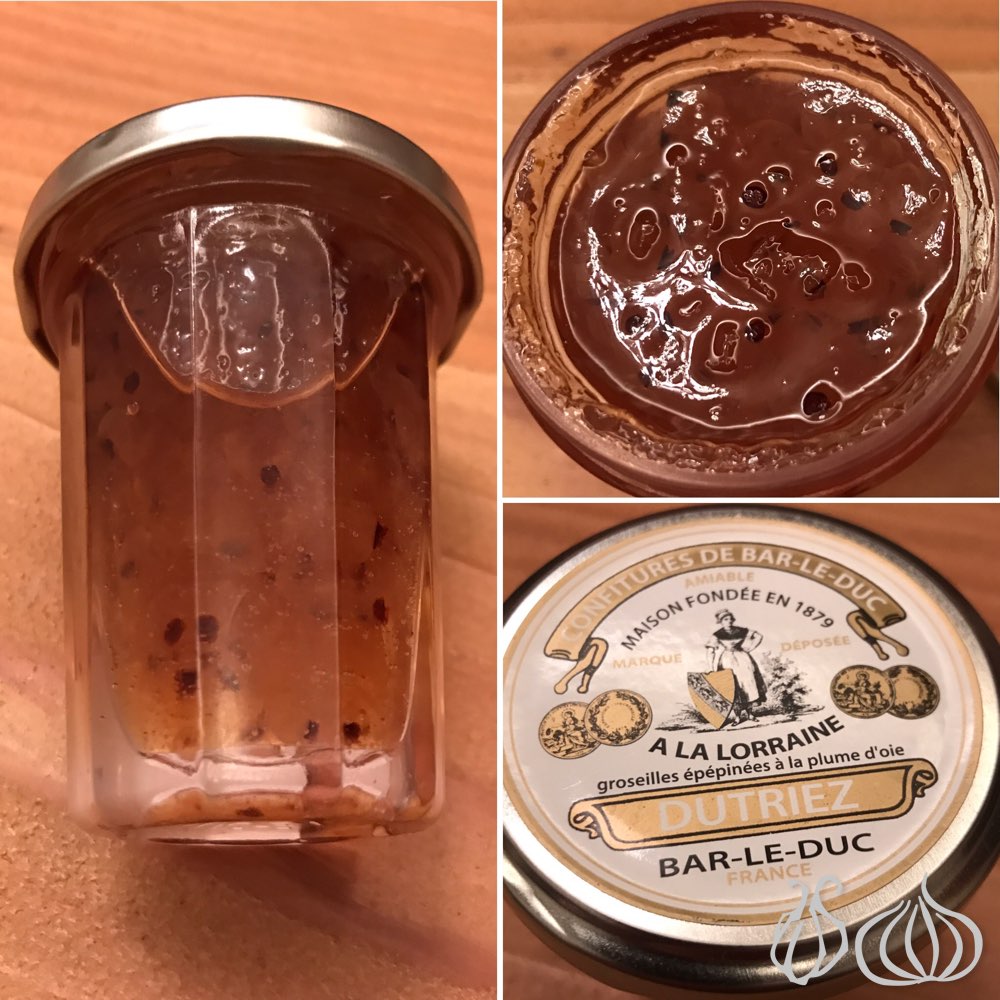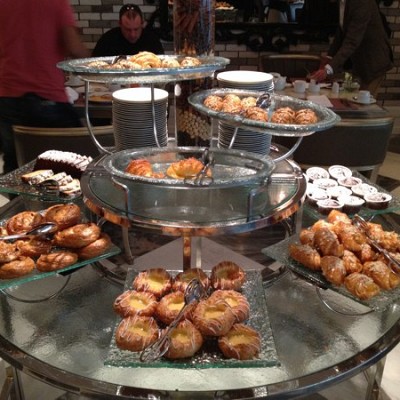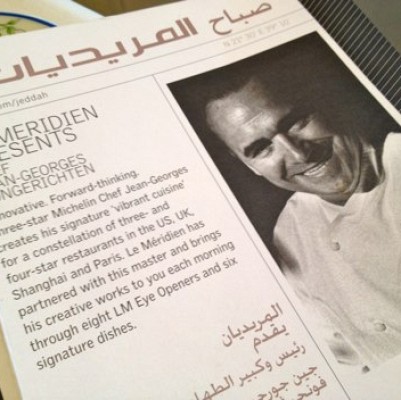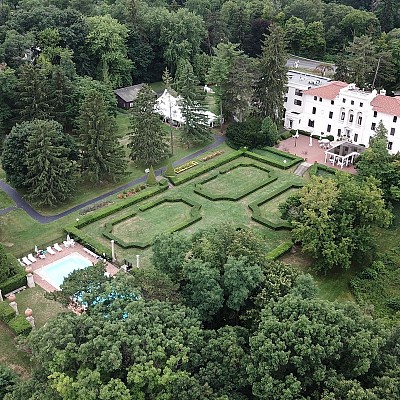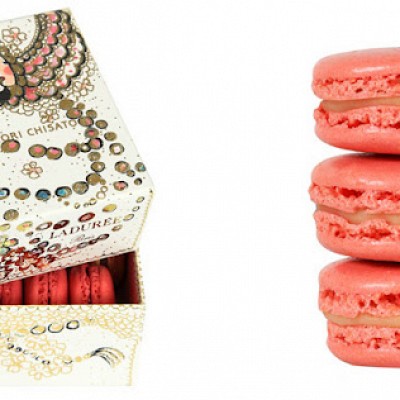That's someting you have to try before you die...
Bar-le-duc jelly is a highly regarded preparation of jelly originally composed of select whole seeded currants, typically white currants or alternatively red currants. The name Bar-le-duc refers to the geographical origin of the preparation in the French town of Bar-le-duc. Since the jelly's first documented reference in 1344, the culinary name "Lorraine Jelly" is occasionally used, as the city of Bar-le-duc lies within the boundaries of the former province of Lorraine.

Commonly served as an accompaniment to game, spread on bread, or with foie gras, it is considered a culinary luxury, sharing an elite status akin to Beluga caviar and is colloquially referred to as Bar Caviar. The typical product is a jam, with the berries remaining intact in a thin syrup. About 200 currants go into one 85 gram jar, which costs approximately €15 a jar in Bar-le-Duc and $40 in the US (as of 2008). The spread has been enjoyed by notables such as Alfred Hitchcock, Ernest Hemingway, Victor Hugo, and Mary, Queen of Scots.

For many hundreds of years the town of Bar-le-Duc has been world famous for its redcurrant jam made with currants hand seeded with a feather quill. Since 1344 nothing has changed in the way the fruit is carefully and patiently prepared by the ladies locally known as "épépineuses" (seeders).

This hand-seeded redcurrant jam is made in Bar-le-Duc, a town in north-east France that has been making preserves for 700 years, winning plaudits from grandees across centuries including Mary, Queen of Scots, who called it a “ray of sunshine in a jar”. It’s not possible to make redcurrant jam without including unappetising seeds – but during the 14th century, local monks had the idea of removing the seeds of redcurrants before making the jam. One by one, with a goose quill.


















